Kyle Shepherd
Solar Powered Fridge
Living in Houston, Texas, there is a significant risk of power outages during hurricane season. My wife is a Type 1 diabetic, and requires insulin to prevent diabetic ketoacidosis, a life-threatening problem. Insulin requires refrigeration to prevent decomposition.
While insulin can be kept at room temperature for a month in an emergency, and we can evacuate to the homes of friends and family not affected by the power outage if need be,
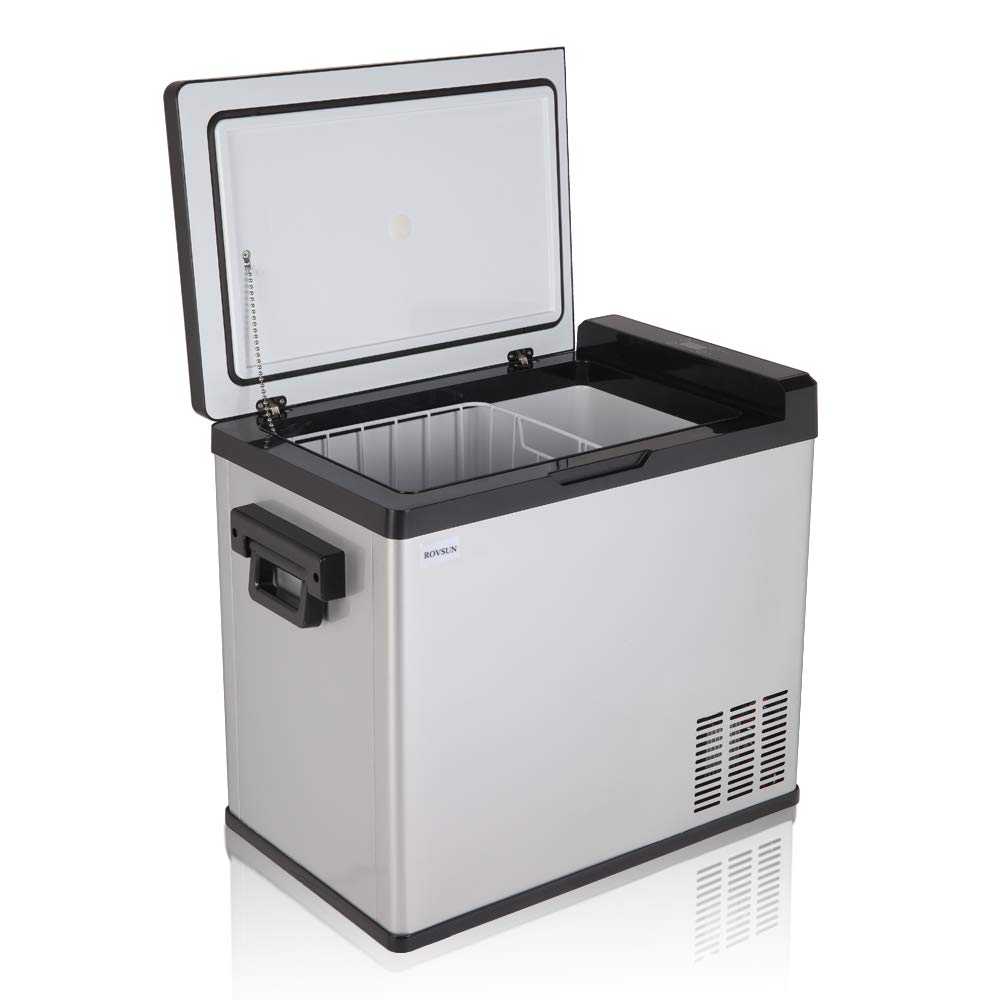
First we acquired a refrigerator that could be powered by a 12 volt battery. We used a ROVSUN 54 quart refrigerator ($300), due to its storage capacity per dollar, and due to its ability to be powered from either a 110V or 12V power source. The power draw of the fridge was measured using a outlet wattmeter, and it was 0.24 kWh a day. Assuming a 100 watt solar panel, and a 10% capacity factor (0.1 kW*24 hours*.1=0.24 kWh), one panel was just enough to power the fridge.
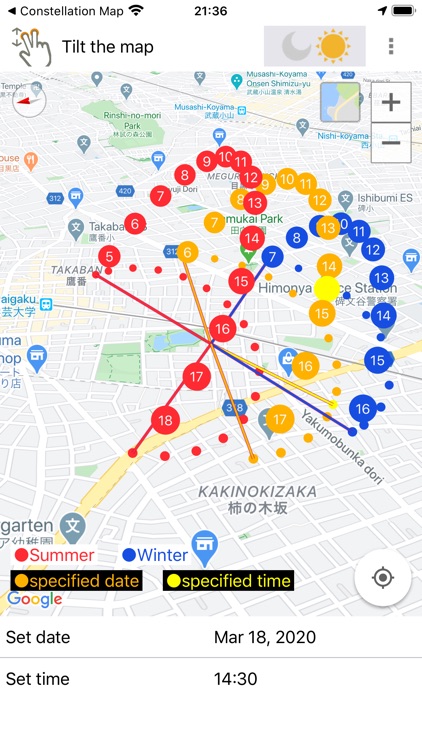
To find the best location for the 100 watt solar panel ($80) on our rental property, we used the sun's path app. Using my phone, we could see the summer and winter paths of the sun, and determine where trees and roofs would block the sun.
Right at the peak of the roof was determined to be the best location. However, the neighbor's tree extends significantly into our rental property (shading most of our garden), and significantly reduces the amount of power the panel receives in the late fall before the leaves fall off of the tree.
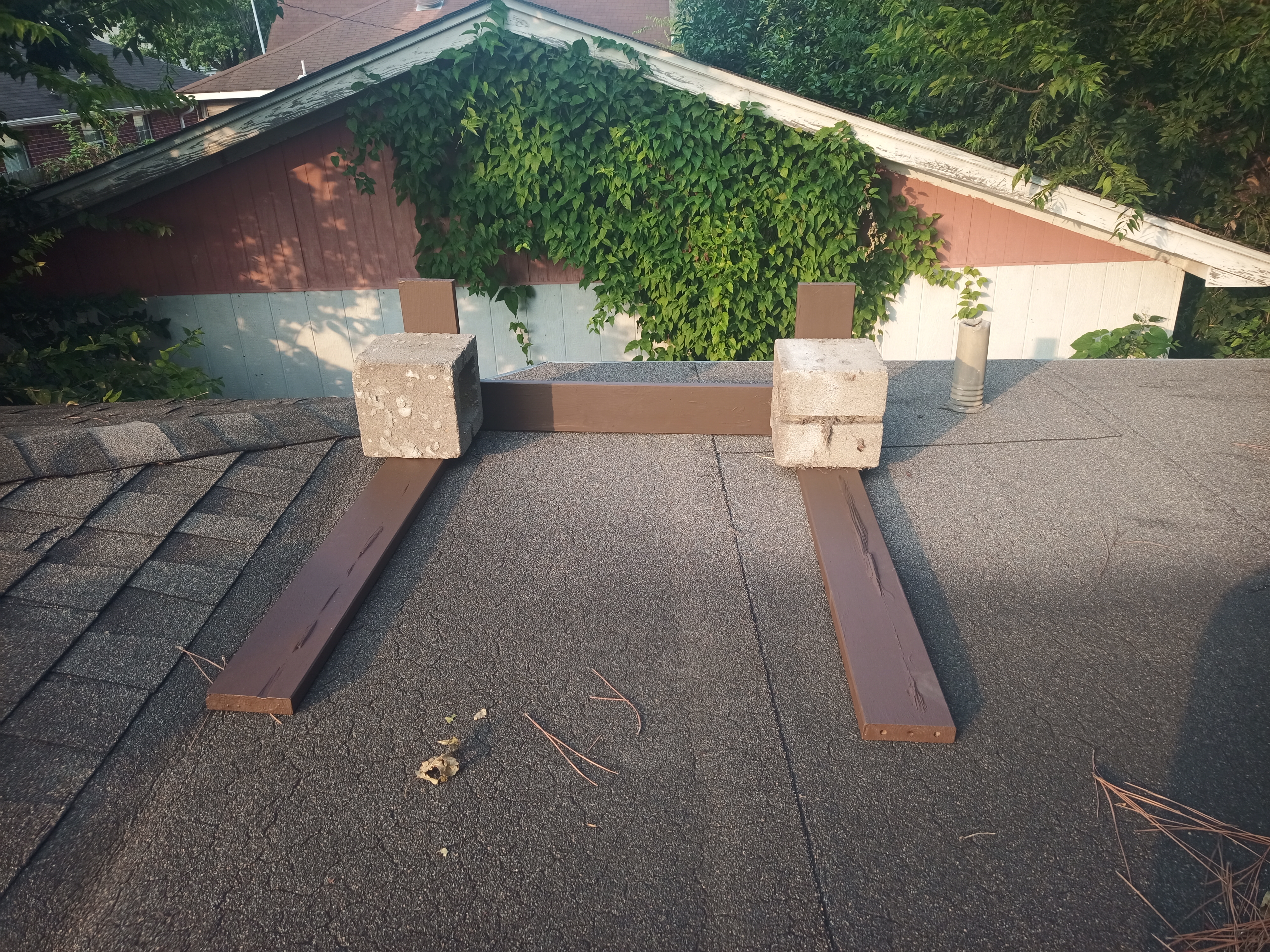
Due to us being renters, we could not make permanent alterations to the rental structure, we could run into permitting issues, and penetrations into a roof always have the risk of water leaks. Therefore, we opted to make a simple gravity anchored frame for the solar panel. Straddling the peak of the roof while weighed down by CMU blocks kept the frame and solar panel in place even in moderate winds. As a precaution, we take down the panel and frame whenever we have high wind alert (such as a hurricane, or projected tornado warnings).
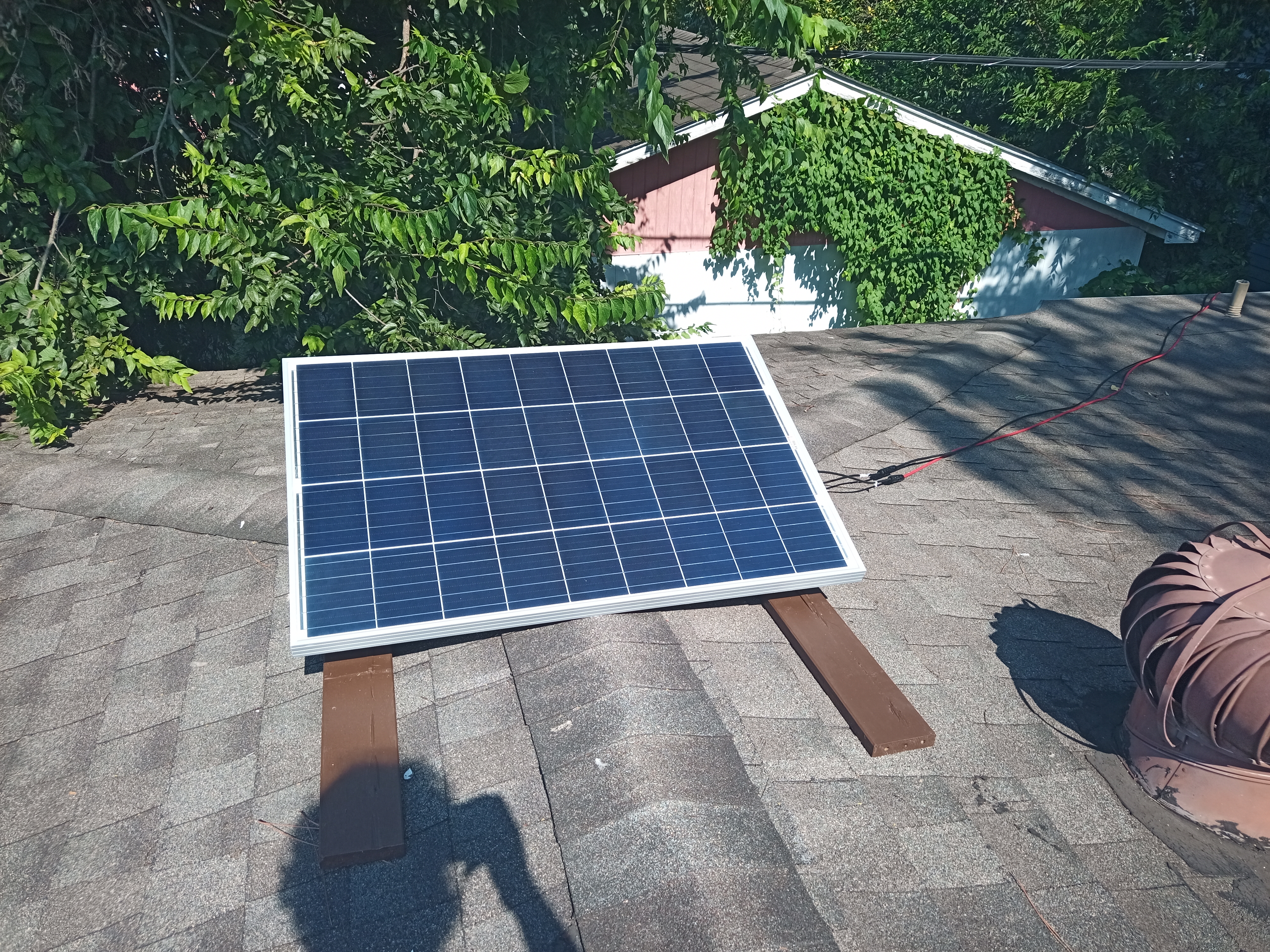
The frame was designed to angle the solar panel for optimal spring/fall sunlight, as a compromise between optimal summer light and winter light. To bring the power inside, we run the power cables through a small gap in the kitchen window.
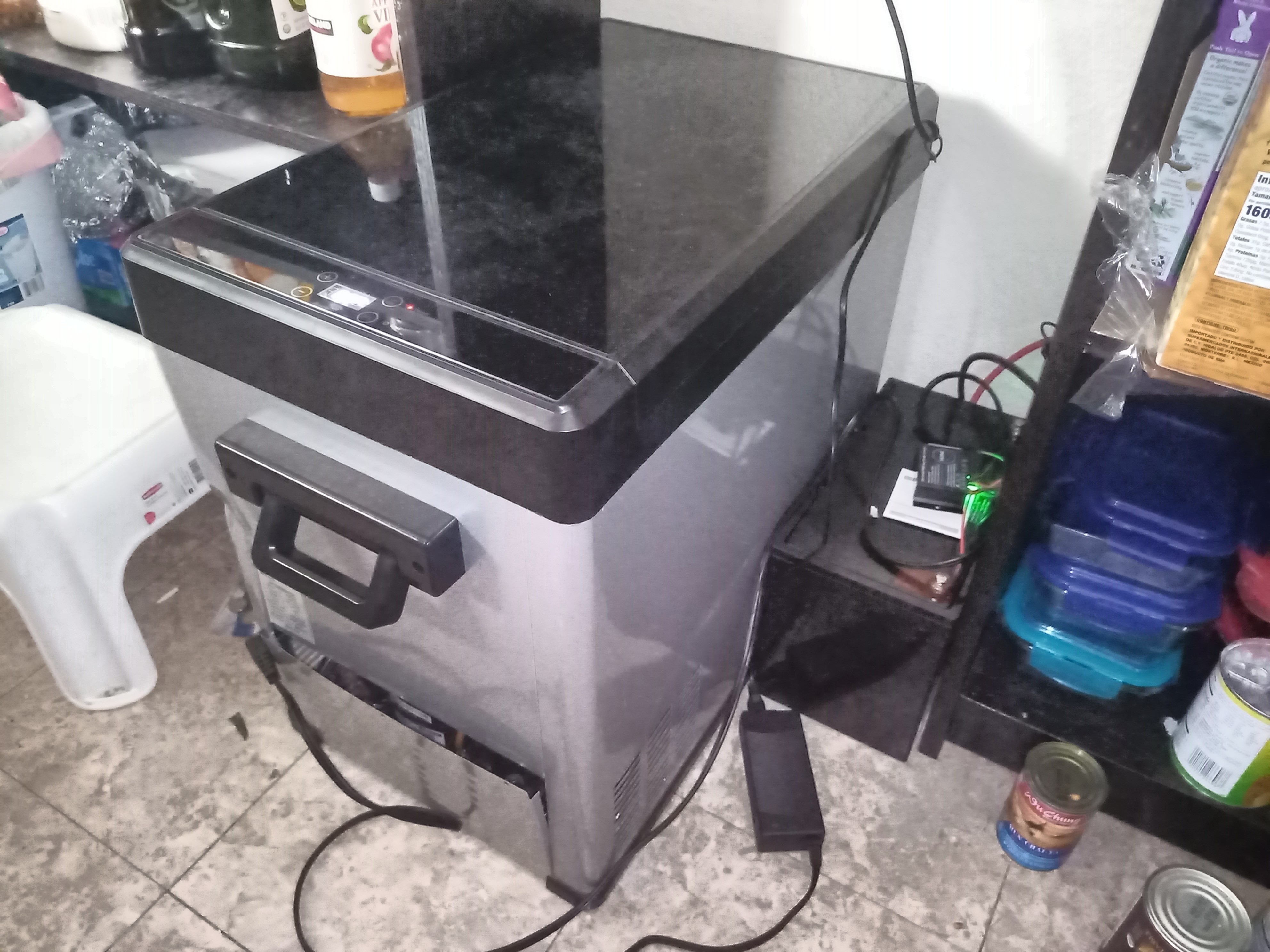
Inside, the solar panel cables are fed into an inexpensive Pulse-Width-Modulated (PWM) lead-acid charge controller ($20) feeding into a 12V 100AH lead-acid battery ($175). This charge controller has a 20 amp capacity (20 A*12 V=240 W), which can handle up to two 100 watt solar panels if need be. Maximum Power Point Tracking (MPPT) charge controllers are more efficient and capture more energy from the solar panel, but at my small scale of only a few panels, it is cheaper to add panels instead of getting a better charge controller if I want more power.
At the time (September 2020), lead acid batteries were the cheapest battery per kWh of capacity, even accounting for the fact that only 50% of its capacity is usable if you do not want to reduce its cycle life ($1.75 per 12V amp-hour, $3.5 per usable 12V amp-hour). LiFePO4 batteries at the time were better long term due to their much greater cycle life, but I wanted to get the system working before investing in better batteries. However in March 2022, LiFePO4 batteries are now strictly better (at $3.3 per 12V amp-hour), due to a cost curve that is reducing battery prices by 50% every 18 months.
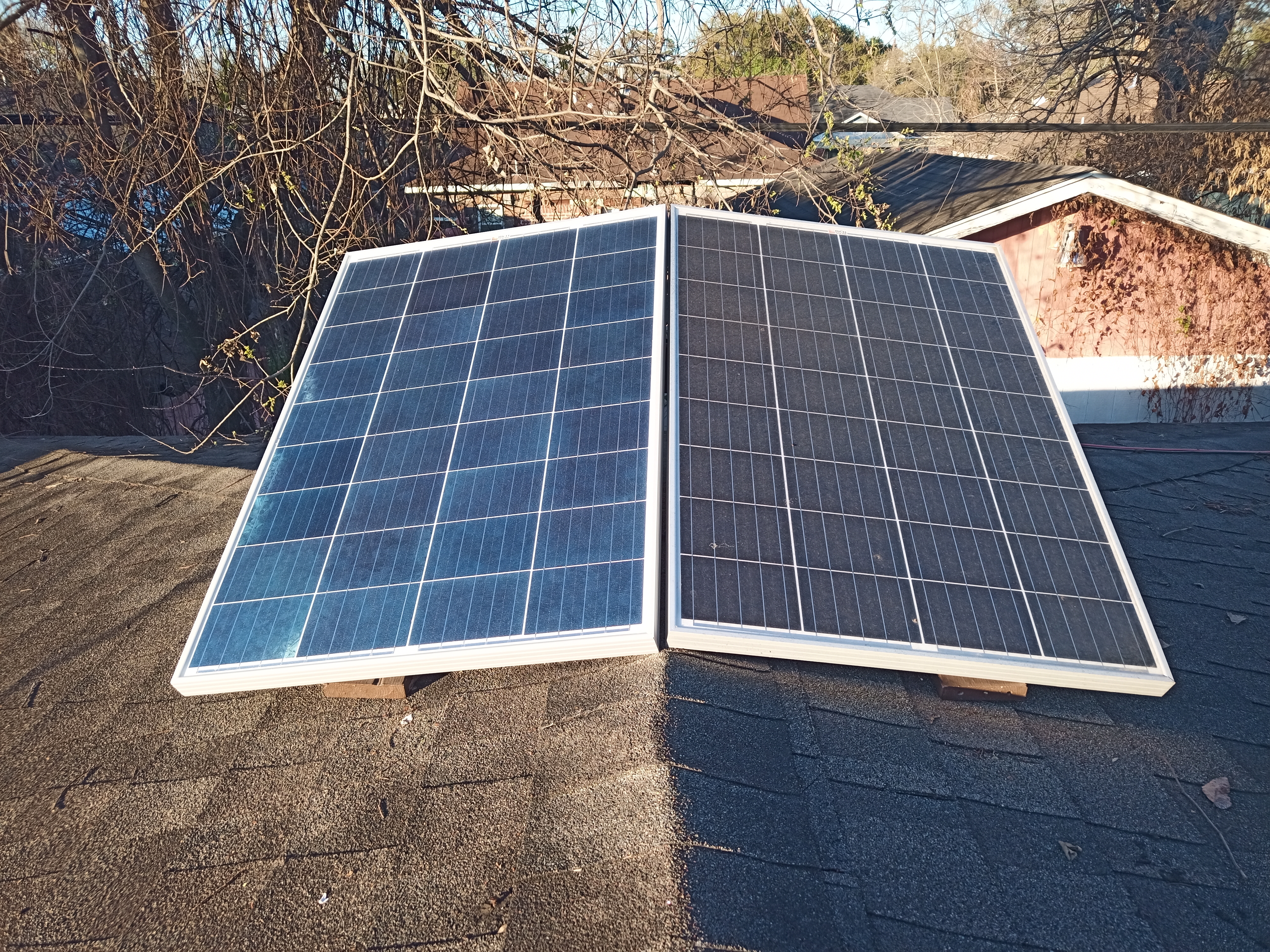
However, due to various efficiency losses (line losses, charge controller losses, battery losses), one panel was not enough to power the mini-fridge. It extended the fridge run time from 2-3 days to 7-8 days, but could not power it forever. Therefore, I added a second panel to the system.
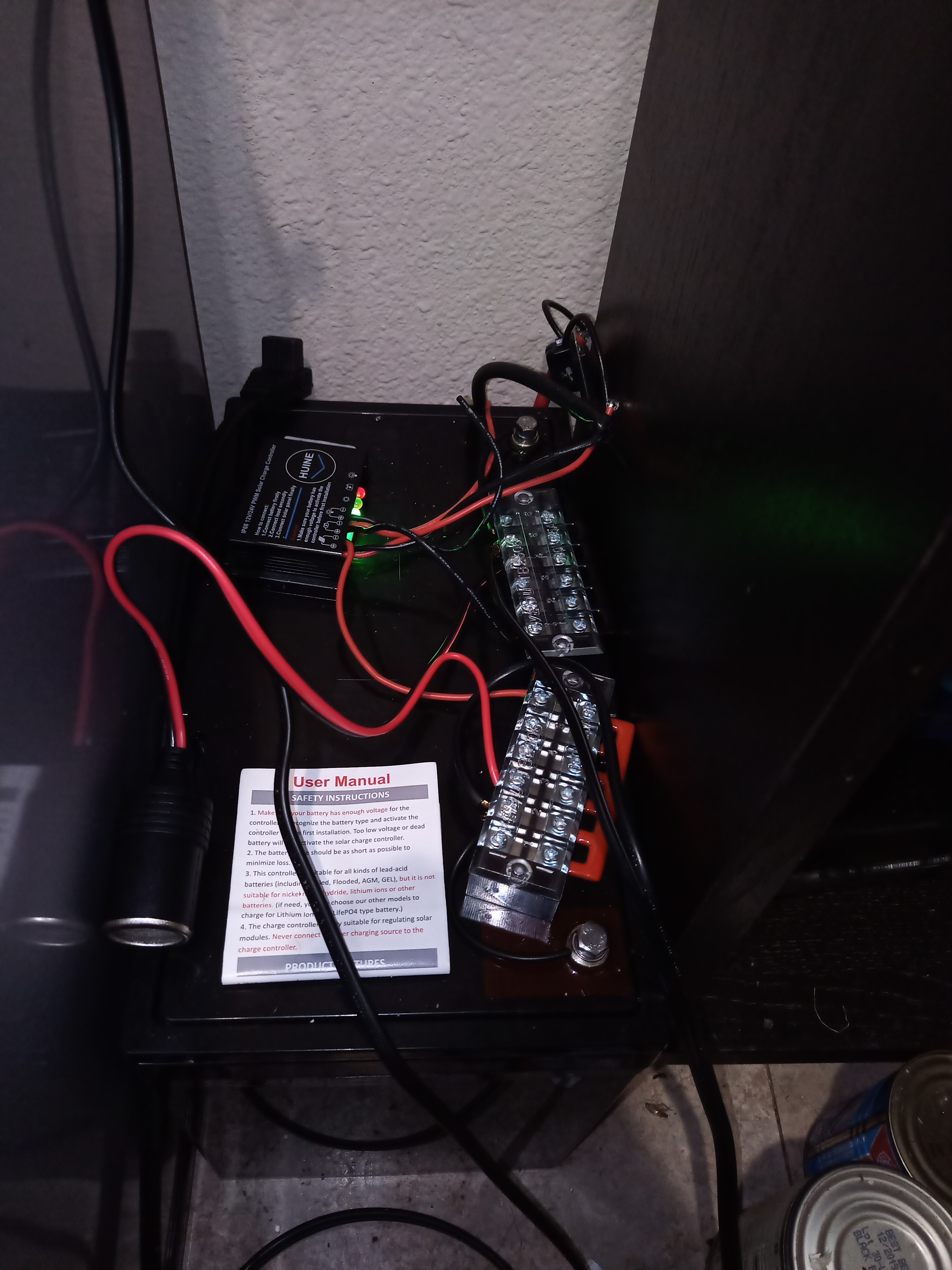
Other minor improvements over time include setting up a row of screw terminals, and adding a 12V automobile auxiliary power outlet. During the 2021 February Texas power outages, this solar powered fridge system bought us lots of peace of mind, but we missed being able to have warm food. So we got a 12V rice cooker and the adapter to power it from the solar power system.
In the future, I want to attach a raspberry pi to the system, and have it measure the voltage and current in the system, so I can have real-time monitoring of the system.
Technical notes: 1. Do not be dumb like me and use scissors to cut two wires at the same time, especially when they are still energized by the battery. The scissor blade caused a short, and nearly set the system on fire. "Luckily" I had some small 16 AWG wire in the short circuit that literally evaporated and acted like a fuse (which happens when ~100 Amps flows through it).
Technical notes: 2. Having a built in thermal camera in my phone is very useful for debugging electrical issues. The fridge started beeping a lot whenever it tried to turn on, like some kind of low voltage issue. Turns out, I had a loose connection creating a point of high resistance, creating a voltage drop when current tried to flow through it. I was able to find it with my phone's thermal camera.